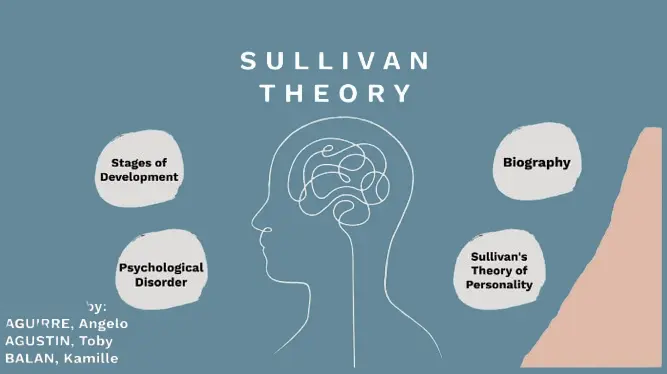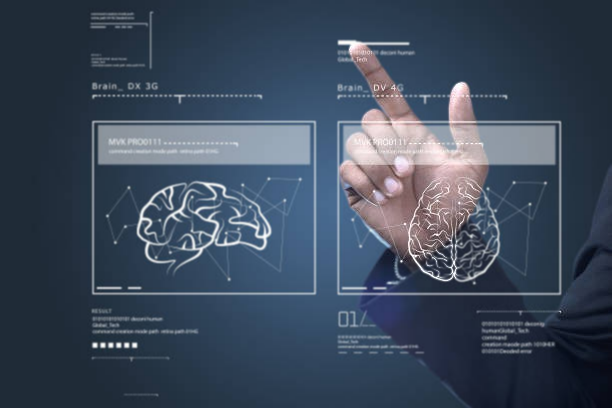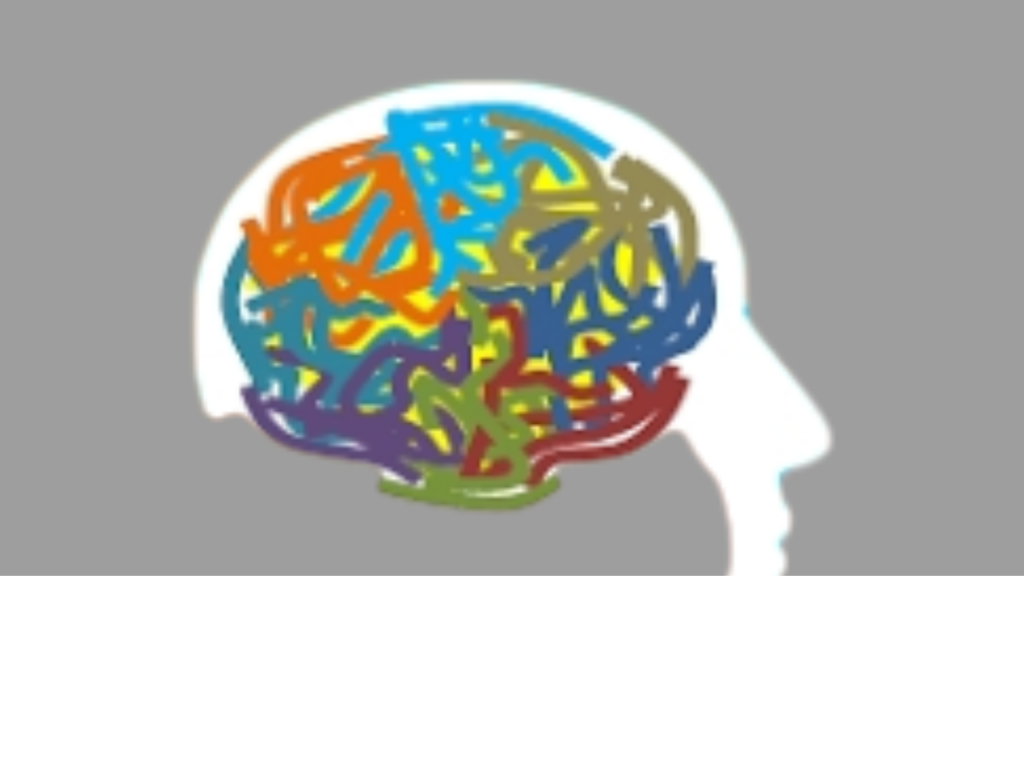Cognitive distraction is a pervasive issue in our increasingly fast paced and information rich word. It occurs when an attention of the individual is diverted from a task by other thoughts concerned or mental activities. This phenomenon can significantly impair performance, safety and productivity in various context including driving, studying, learning and working.
This article help to understand an in depth understanding to cognitive distraction, its causes impacts and strategies to mitigate its effects.
Definition and Types
Cognitive distraction involves the diversion of mental resources from the task at hand to unrelated thoughts or activities. Cognitive, or “mental,” distractions take the driver’s mind off the task at hand (safe driving). Worrying about a job interview or dwelling on an intense conversation while behind the wheel might constitute cognitively-distracted driving. It can be broadly classified into two categories.

Internal cognitive destruction The internal cognitive destruction are destruction that originate from within the individual they include they day dreaming, worry, stress and other thoughts unrelated to the current task.
External Distribution Distractions can be external (such as noise) or internal (such as fatigue, rumination, or stress). Distractions may be caused by a number of factors, including the loss of interest in the primary activity, inability to pay attention due to various reasons.
The cognitive Load theory
Cognitive destruction is closely related to the cognitive load theory which suggested that the human brain has a limited capacity for processing information. When the cognitive loan exceeds to this capacity, performance on task requiring attention and concentration deteriorates. It can be categorized into these
- Intrinsic load the inherent difficulty associated with a specific task.
- Extraneous load the lord imposed by the way information is presented and other external factors.
- German load the mental effort invested in understanding and learning new information.
Cognitive Distraction Causes
Advances Technologies
The rapid advancement of technology have significantly increased the potential for cognitive distraction, smartphone social media and constant connect activity means that individual are frequently bombarded with notifications messages and updates all the time vie for their attention.
Lack of Interest

Cognitive distraction due to a lack of interest is a common phenomenon. When we’re not engaged or motivated by a task, our minds tend to wander, leading to cognitive distraction. This can manifest in various ways, such as Daydreaming, Mind-wandering, Difficulty focusing, Frequent checking of social media or email, Procrastination, Mental fatigue, Difficulty completing tasks.
Environmental factors
The environment in which an individual work for studies can contribute to cognitive destruction such as nice work places Open Office layout and other environmental stresses can make a difficult to focus on a single task.
Multiple tasking
Multiple tasking to perform task stimulataiously is a major source of cognitive distraction. Research as shown that the human brain is not capable of effectively handling multiple complex task at once. Instant of true multitasking the brain engages in task switching, which incurs a cognitive cost each time attention is shifted from one task to another task.
Psychological factor
Internal factors psychologically effects such as stress anxiety and fatigue can also lead to cognitive distraction when an individual mind is preoccupied with personal concerns or is simply tired, their ability to concentrate on task or aim diminishes.
Impact of Cognitive Distraction
On Driving

Cognitive distraction is particularly dangerous in the context of driving. Activities such as talking on phone, texting or even engaging in conversation with passengers can divert attention from the road. Studies have shown dad cognitive distraction can impaired driving performance to a similar extent as alcohol impairment significantly increasing their response accident.
On Workplace Productivity
At the workplace cognitive distractions can be to decrease productivity and increased errors rate. Employees who are constantly interrupted by emails, phone calls or colleagues may find it challenging to complete task efficiently. This not only affect individual’s performance but can also have broader implications for organization efficiency and profitability.
On Academic Performance
For students cognitive destruction can severely impact academic performance. We will be two focus on studying attending lectures is crucial for learning and retention. Distractions from electronic devices, background noise, or internal thoughts can lead to pore comprehensive and lower grades.
Strategies to Mitigate Cognitive Distraction
Technology studies
- Digital detox encouraging periodic breaks from digital devices can help reduce cognitive destruction setting specific times for checking emails or social media can prevent constant interruptions.
- Focus enhancing App There are numerous app design to help individuals stay focused. These apps can block distracting websites, track time spent on different activities and provide reminders to take breaks.
Environmental Modifications

- Quite workspaces creating quiet areas or designated zones for focuses work can help reduce environmental noise cancelling headphones can also be affective in minimizing auditory distraction.
- Organized workspace keeping the work space clean and organized can reduce visual clutter, which can be also soft destruction. Help to focus on task efficiently.
Psychological technique
- Mindfulness and Medication mindfulness practices and medication can help in the individual improve their ability to concentrate by training there attention and reducing stress. Stress in the world can work better.
- Stress management technique such as proper sleep exercise and time management can help reduce internal distractions caused by stress and fatigue.
Behavioral strategies
- Single Tasking encouraging the practice of single task or focusing on one task at a time can improve productivity and reduce cognitive overload. Using techniques like the Pomodoro techniques, which involve working in focused birds followed by short break can be particularly effective.
- Setting Priorities prioritizing task and breaking them down into manageable steps can help in the individuals stay focus and avoid feeding overwhelmed.
Conclusion
In conclusion, cognitive distraction is a common phenomenon that affects individuals from all walks of life. It is a complex issue that can stem from various factors, including lack of interest, stress, fatigue, personal concerns, and digital notifications, among others. Cognitive distraction can lead to decreased productivity, reduced focus, and increased errors, ultimately impacting mental health and well-being.
However, by recognizing the underlying causes and implementing effective strategies, individuals can improve their ability to focus and maintain attention. Techniques such as mindfulness meditation, Pomodoro Technique, attention training, goal setting, cognitive training, physical exercise, time management, self-monitoring, cognitive-behavioral therapy, neuron feedback training, working memory training, emotional regulation, task segmentation, schedule breaks, and creating a conducive environment can help mitigate cognitive distraction.



